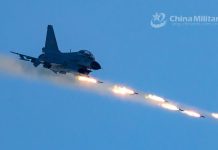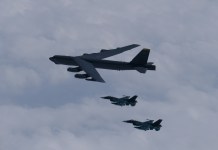A recent report has claimed that Ukrainian intelligence operatives tried to persuade a Russian pilot, trained initially to fly Tupolev Tu-160 and involved in bombing operations in Ukraine, to defect along with his Tu-22M3 strategic bomber.
The Tu-22M3 is a supersonic, long-range strategic bomber aircraft developed by the Soviet Union during the Cold War era. The first Tu-22M3 prototype flew for the first time in 1977.
The Tu-22M3 entered service in 1989 in its final configuration. The Tu-22M3 can carry a variety of weaponry, such as cruise missiles, anti-ship missiles, and bombs, and has a range of nearly 6,800 kilometers (4,200 miles).
It can have speeds of up to Mach 1.88 (2,200 km/h or 1,370 mph) at high altitudes and has a ceiling of 13,000 meters (42,650 feet).
The different variants of this aircraft have been used in combat in several conflicts, including the Soviet-Afghan War, the Chechen Wars, and the Syrian Civil War. It is also capable of conducting reconnaissance and intelligence-gathering missions.
On April 14, 2022, the Tu-22M3 medium bombers were employed in the Ukraine war for the first time, using only dumb bombs. On that day, the Russian Ministry of Defense announced that the bombers were employed to attack the Azovstal plant in the besieged city of Mariupol.
The Tu-22M3s utilize powerful Kh-22M, Kh-22N, or the more advanced Kh-32 supersonic anti-ship missiles to strike targets deep inside Ukraine.
In June 2022, Russia deployed its Tu-22M3 bombers to carry out airstrikes from the airspace of Belarus for the first time. At the time, Ukrainian Intelligence alleged that six Tu-22M3 bombers were utilized to attack Kyiv, Chernihiv, and Sumy regions by launching 12 X-22 cruise missiles.
In the ongoing Ukraine war, the Long-Range Aviation Division of Russia has deployed this bomber to predominantly target critical infrastructure in Ukraine.
This includes facilities for manufacturing and repairing military equipment, critical fuel supplies, airfields, and railroad infrastructure.
Russia’s intention behind these strikes is to disrupt the flow of military hardware from western nations to Ukraine and hinder the routes used by Ukrainian forces operating in the eastern regions to transport their supplies and equipment.
So far, the impact of these tactics has been quite limited. The problem for Russia is that its long-range cruise missiles are only effective for attacking large, stationary targets with pre-determined coordinates.
This substantially limits Russia’s ability to interrupt weapon transfers and target a variety of other objectives.
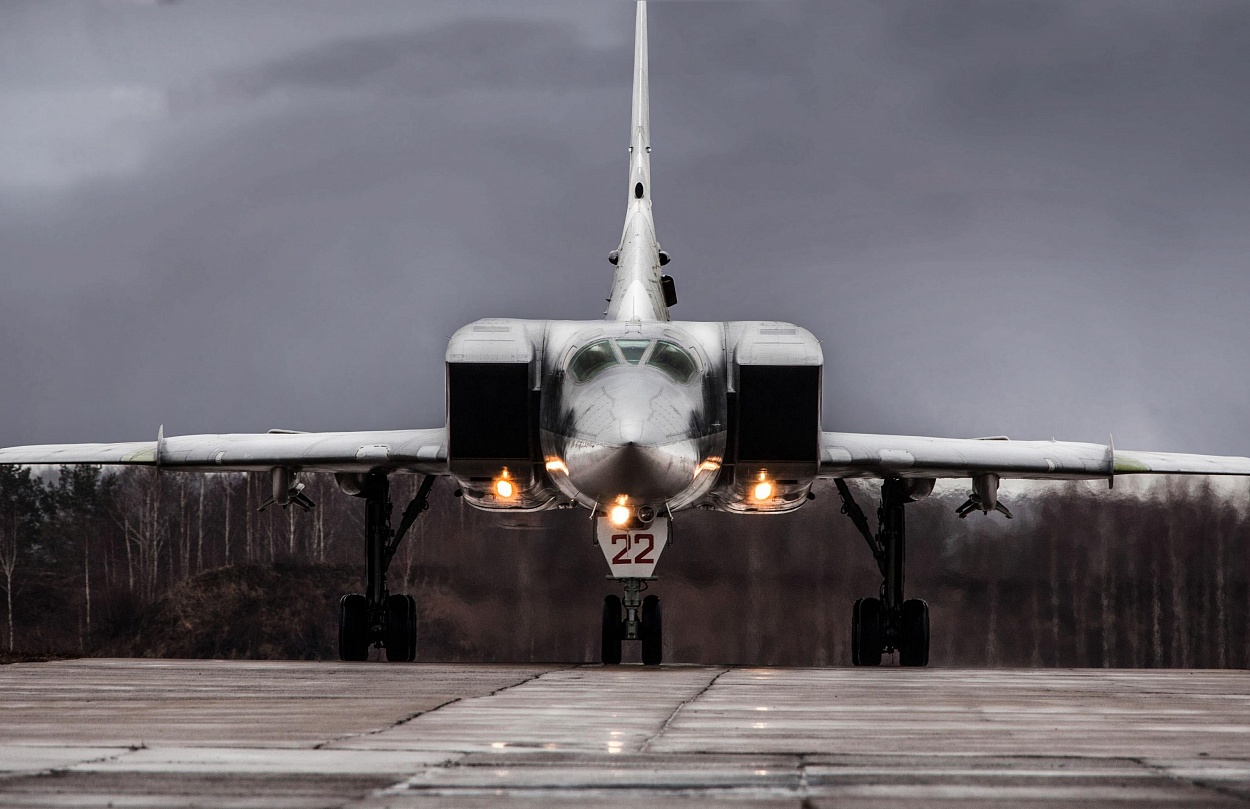
Ukraine Spies Lured Tu-22M3 Pilot
As Russia and Ukraine continue to exchange gunfire and missiles on the battlefield, Ukrainian spies are trying to lure Russian pilots into defecting along with their planes.
According to a report by Yahoo, in one such instance, Ukrainian spies contacted a Russian pilot qualified to fly Tupolev Tu-160 strategic bombers and Tu-22M3 strike bombers.
Ukrainian intelligence officials reportedly had a conversation with the pilot, and they persuaded him to defect along with his bomber aircraft and land in Ukraine for a compensation of US$1 million.
Igor Tveritin, a 48-year-old Russian pilot, was primarily qualified to fly the Tupolev Tu-160 strategic bomber, a supersonic aircraft capable of delivering nuclear missiles.
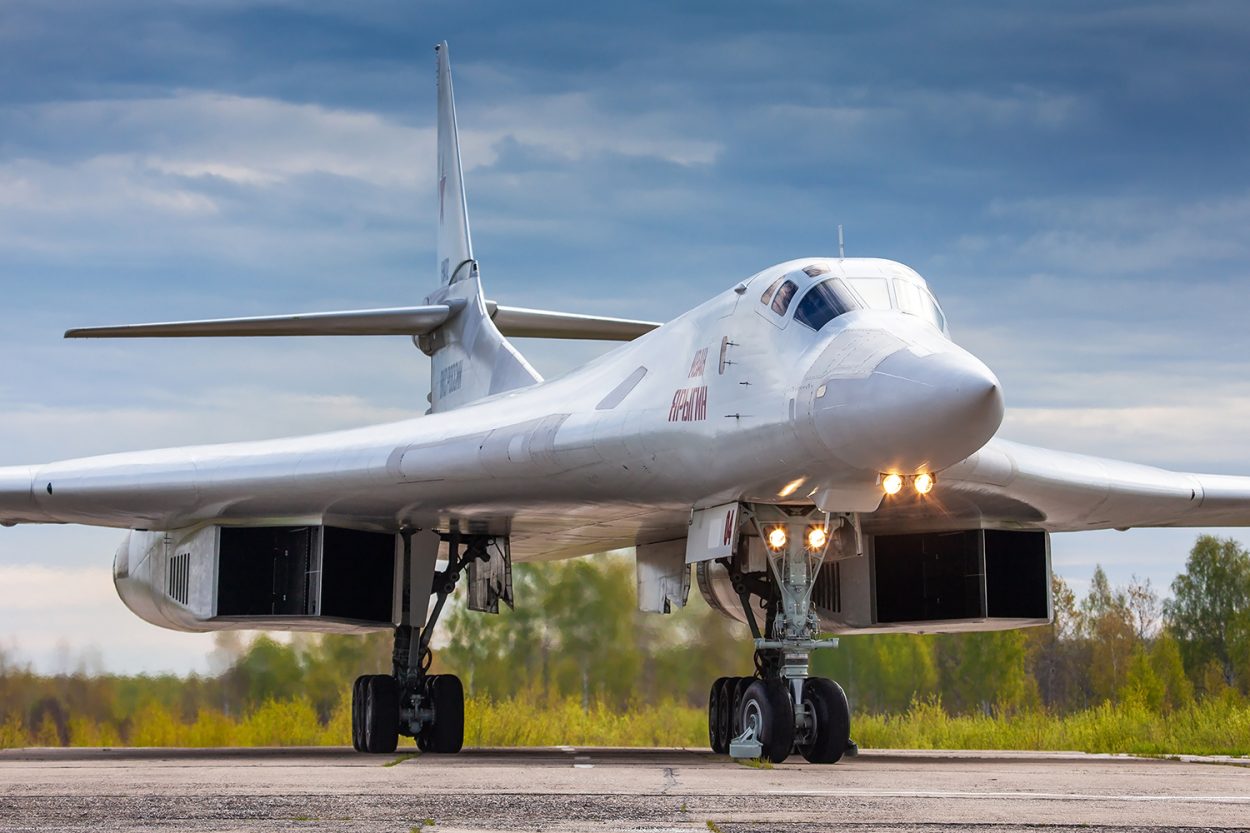
When a Ukrainian volunteer first contacted him in late March 2022, Tveritin was stationed at Engels Air Base, a strategic bomber military airbase 14 kilometers east of Saratov in Russia.
Despite being far from the frontlines, the Engels Air Base, where Tveritin was stationed, was reportedly struck twice by Ukrainian drones in December 2022. However, the Russian pilot was later reassigned to fly sorties in a Tu-22M3 strike bomber in Ukraine.
On April 29, Tveritin sent a text message to a Ukranian volunteer in Russian saying that he didn’t want to die. “I am a realist. No one knows how things will work out. I agree to your conditions, but let there be two transfers of $7,000. That makes me calmer,” he added.
On May 1, 2022, Ukrainian spies requested Tveritin to verify his identity and whereabouts by recording a five-second video of the aircraft with a piece of paper bearing the number 377 in the background or written on his hand. Tveritin complied with the request.
A Ukrainian volunteer named Bohdan made the first payment installment via a crypto exchange.
The report claimed that the Russian pilot became increasingly anxious as they gradually worked through the details of when, where, and how the pilot would defect and how he would ensure the safety of his wife and children when they left Russia.
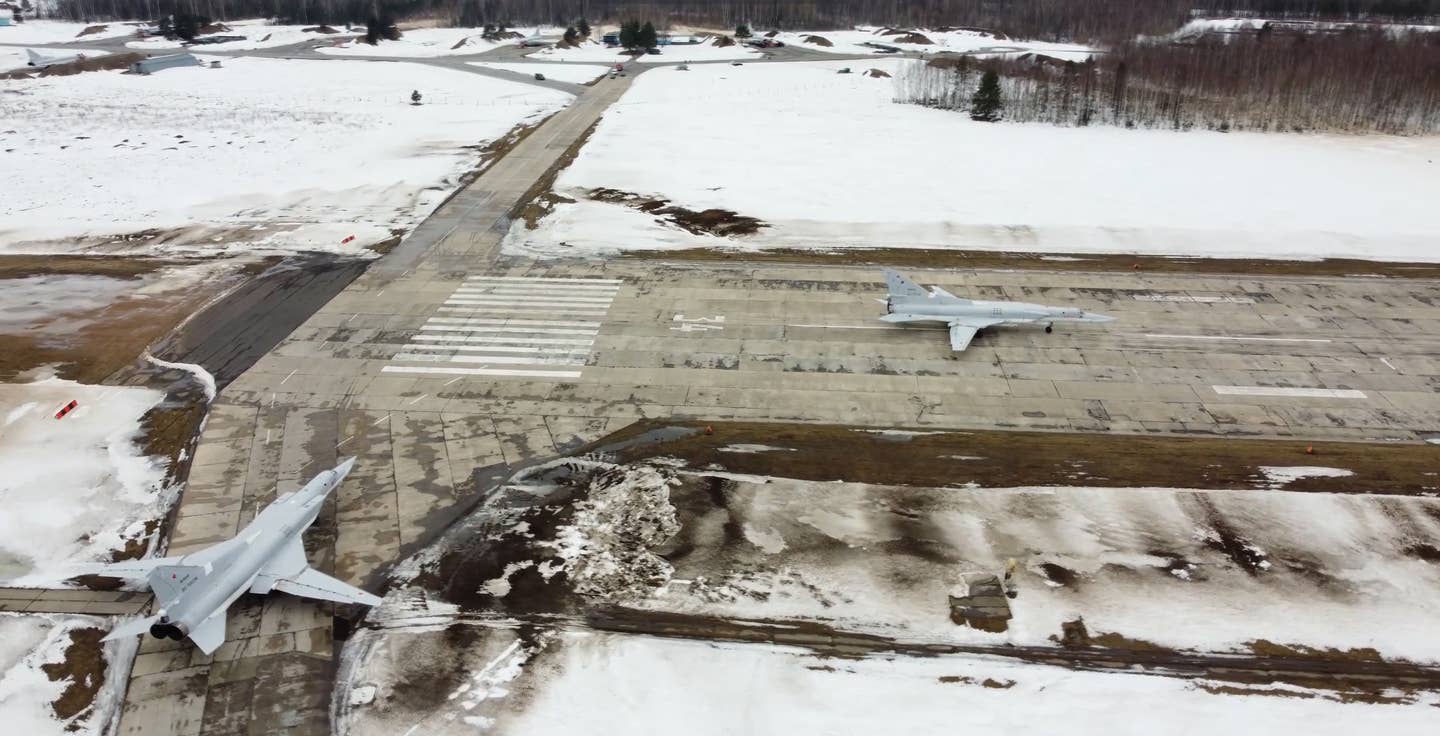
Tveritin was concerned about his family’s safety and requested an advance of US$50,000, equivalent to 5% of the US$1 million payment for his aircraft.
Ukrainian spies assured the Russian pilot that Ukraine was prepared to make arrangements to evacuate Tveritin’s family before his defection. However, the pilot and his family did not have international passports.
Bohdan proposed that the pilot’s family members travel to either Armenia or Belarus, as both countries recognize Russian internal passports. Upon their arrival, the Ukrainians would provide them with new documents allowing them to travel to one of the Baltic states.
On May 20, Tveritin expressed his apprehension to Bohdan regarding the safety of the proposed plan.
The Russian pilot said he did not want to meet the same fate as Skripal, alluding to the incident where Russia’s military intelligence agency, the GRU, poisoned the Russian double agent in England.
Tveritin was understandably fearful of being caught by his Russian associates and shot down by Ukrainian air defense systems, which might mistake his plane for an incoming enemy aircraft.
The Russian pilot intended to fly at a very low altitude to avoid being shot down by either side’s air defense systems. After considerable discussion, a flight plan was devised for Tveritin to approach from the Russian-occupied Crimean region, heading towards southwestern Ukraine.
As per the plan, Tveritin was supposed to land his aircraft with the assistance of Ukrainian fighter jets acting as escorts. Another challenge that Tveritin faced was the presence of his crew. Tu-22M3 generally carries two pilots and two technicians.
To handle this, Tveritin planned to create confusion among all three by reporting errors in his instruments, then dropping to a low altitude. Tveritin intended to use the pretext of being intercepted by Ukrainian fighter jets to land his aircraft in Ukraine.
But, Tveritin’s plan to defect to Ukraine failed as he was discovered by the Russian Federal Security Service (FSB) and started communicating with Ukrainian spies under their direction. As a result, the Ukrainian plan was foiled despite coming very close to succeeding.
- Contact the author at ashishmichel(at)gmail.com
- Follow EurAsian Times on Google News


